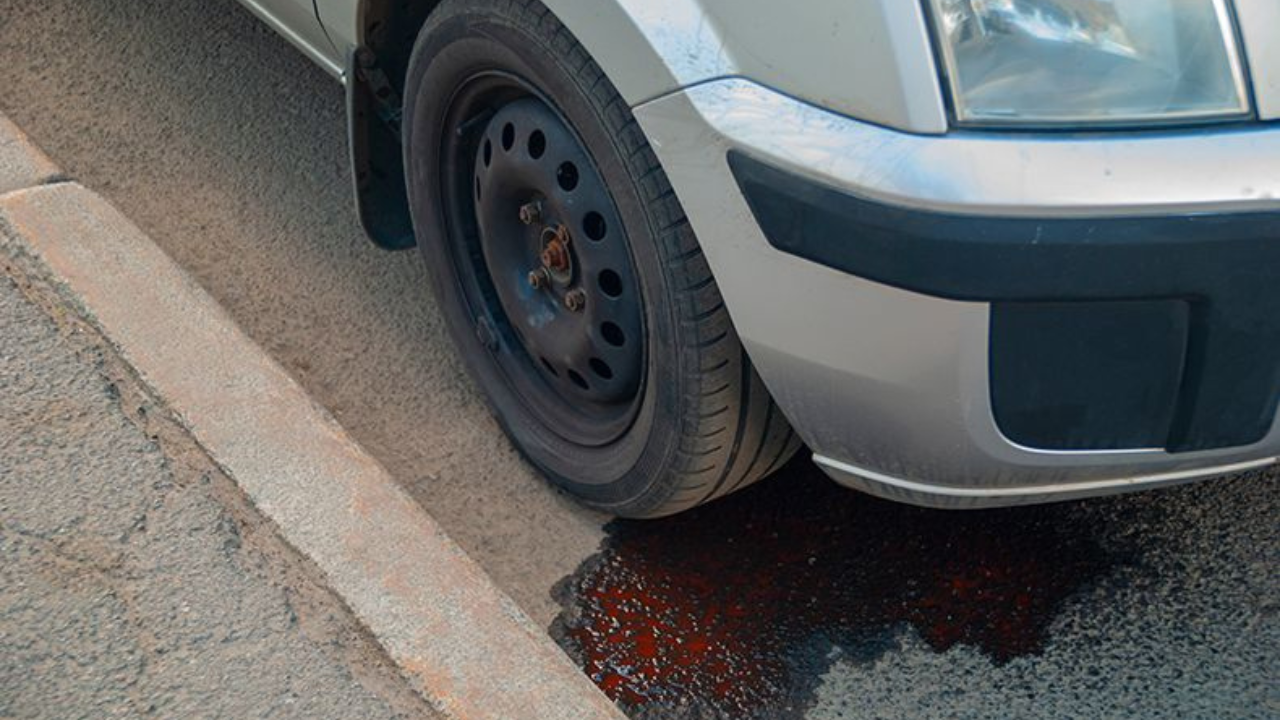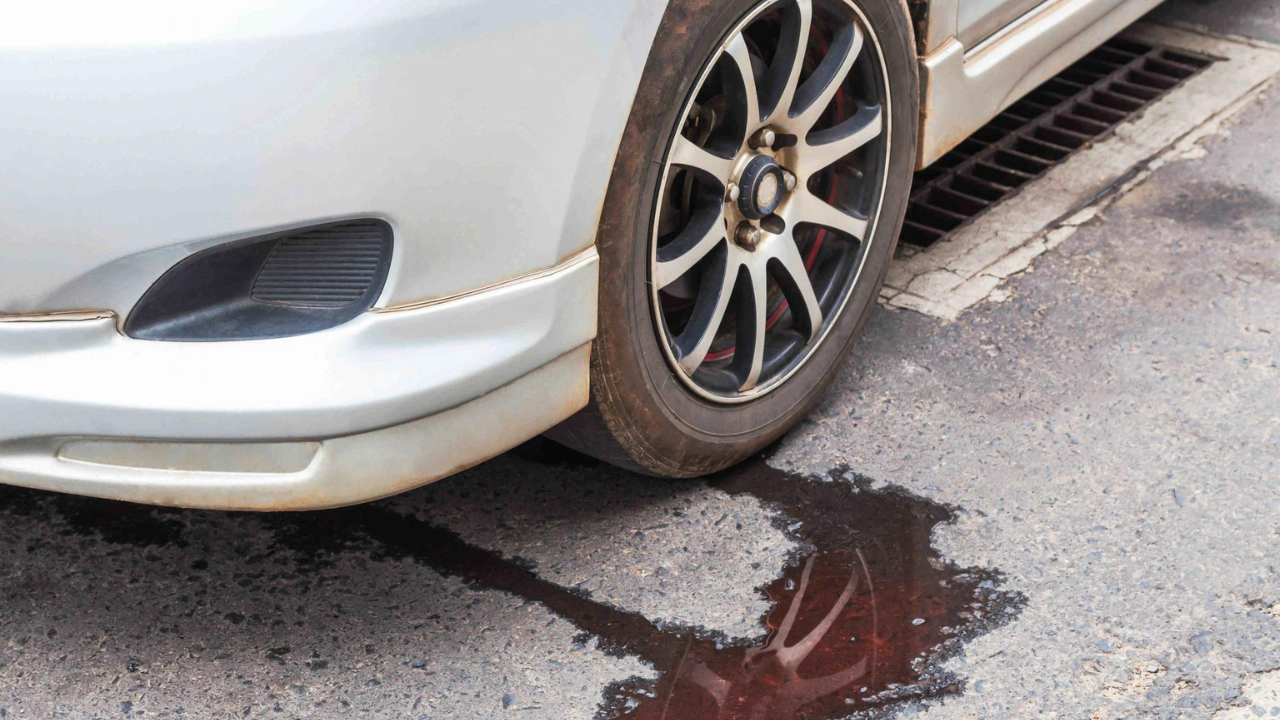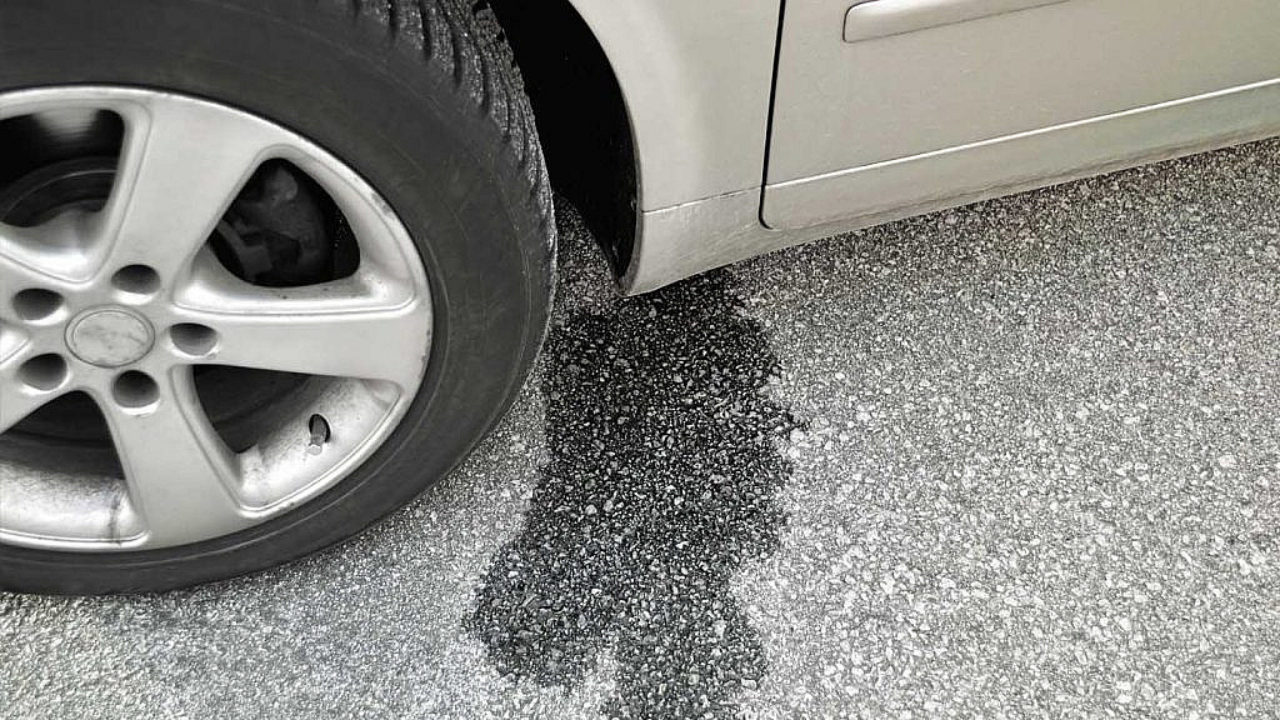Water leaking from under your car can be concerning, especially if you’re not sure where it’s coming from or what it means for your vehicle’s health. While it might just be condensation from your air conditioning system, there could be more serious issues at play. In this comprehensive guide, we’ll explore the common reason for water leaking under cars, how to identify them, and what steps you can take to address the problem effectively. Ready to tackle that mysterious water leak under your car? Don’t navigate it alone! Reach out to Crossroads Helpline for expert guidance and solutions.
Understanding Common Reason for Water Leaking

One of the most common reasons for water pooling under your car is condensation. This typically occurs when you’ve been running your air conditioning system, especially on hot and humid days. As the cold air inside your car meets the warmer air outside, moisture condenses on the air conditioning components and drips onto the ground beneath your vehicle. While condensation is normal, excessive dripping may indicate a problem with your AC system, such as a clogged drain tube or a malfunctioning evaporator.
Leaking Coolant
Another potential common reason for water leaking under your car is a coolant leak. Coolant, also known as antifreeze, is a crucial fluid that helps regulate your engine’s temperature. If you notice a sweet-smelling liquid pooling under your car, it could be coolant leaking from a damaged hose, radiator, water pump, or other cooling system components. Ignoring coolant leaks can lead to overheating and engine damage, so it’s essential to address them promptly.
Identifying Brake Fluid Leaks

Water pooling near your car’s wheels could also indicate a brake fluid leak. Brake fluid is a hydraulic fluid that helps transmit the force from your brake pedal to the brakes themselves, allowing you to stop your vehicle safely. A leak in the brake system can compromise your braking ability and pose a significant safety risk. If you notice a clear or slightly yellowish fluid pooling under your car, have your brake system inspected by a professional immediately.
Examining Transmission Fluid Leaks
Transmission fluid leaks are less common but can still occur and manifest as water-like puddles under your car. Transmission fluid is essential for lubricating and cooling the moving parts within your vehicle’s transmission. Leaks can occur due to damaged seals, gaskets, or transmission pan. If you suspect a transmission fluid leak, it’s crucial to address it promptly to prevent further damage to your transmission and ensure smooth gear shifting.
Checking Power Steering Fluid
A power steering fluid leak can also result in water-like puddles forming under your car. Power steering fluid helps make steering easier by reducing the effort required to turn the steering wheel. Leaks in the power steering system can develop due to worn-out hoses, seals, or the power steering pump itself. If you notice difficulty steering or hear a whining noise when turning the wheel, it could indicate a power steering fluid leak that needs attention.
Assessing Washer Fluid Leaks

While less critical than other fluid leaks, a washer fluid leak can still be a nuisance and lead to water pooling under your car. Washer fluid is used to clean your windshield and rear window, improving visibility while driving. Leaks in the washer fluid system can occur due to damaged hoses, reservoirs, or faulty washer fluid pumps. While not a severe issue, addressing washer fluid leaks can prevent wastage and ensure your windshield remains clean and clear.
Examining Exhaust System Condensation
In some cases, water dripping from under your car could be a byproduct of your exhaust system. During combustion, your engine produces water vapor as part of the exhaust gases. In colder weather, this vapor can condense inside the exhaust system and drip out as water when the car is parked. While exhaust condensation is normal, excessive moisture or a sudden increase in water leakage may indicate an issue with your exhaust system, such as a leak or a damaged muffler.
Addressing Severe Weather Effects
Severe weather conditions can exacerbate water leakage issues under your car. Heavy rain, flooding, or driving through deep puddles can overwhelm your vehicle’s drainage systems and cause water to accumulate under the chassis. Additionally, exposure to road salt and other corrosive substances during winter months can accelerate rust formation and compromise your car’s undercarriage integrity. Regularly inspecting and maintaining your vehicle can help mitigate the effects of severe weather and prevent water leakage problems.
Assessing AC System Issues
While condensation is a common reason for water leaking under cars, issues with the air conditioning system can exacerbate the problem. This section will delve into how a malfunctioning AC system can lead to excessive condensation and water leakage, and what steps you can take to troubleshoot and resolve AC-related issues.
Checking for Sunroof and Window Seal Leaks
In vehicles equipped with sunroofs or poorly sealed windows, water intrusion can occur, leading to water pooling inside the car and potentially leaking out underneath. This section will discuss how to identify and address leaks caused by faulty sunroof or window seals, as well as preventive maintenance measures to minimize the risk of water intrusion.
Conclusion
Water leakage under your car can stem from various sources, ranging from harmless condensation to potentially serious fluid leaks. By understanding the common reason for water leaking and knowing how to identify them, you can take proactive steps to address any issues and keep your vehicle running smoothly.
Whether it’s a simple fix like unclogging a drain tube or a more complex repair like replacing a damaged hose, addressing water leakage promptly can help prevent further damage and ensure your safety on the road. If you’re unsure about the source of the leak or how to fix it, don’t hesitate to consult a qualified mechanic for assistance. Don’t let a water leak dampen your driving experience. Take charge today by contacting Crossroads Helpline for immediate assistance and peace of mind.

